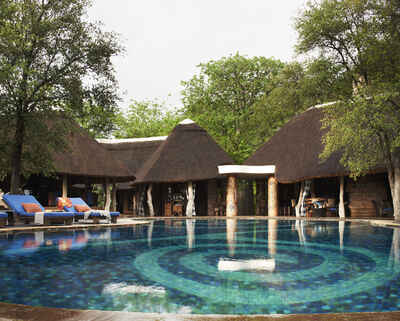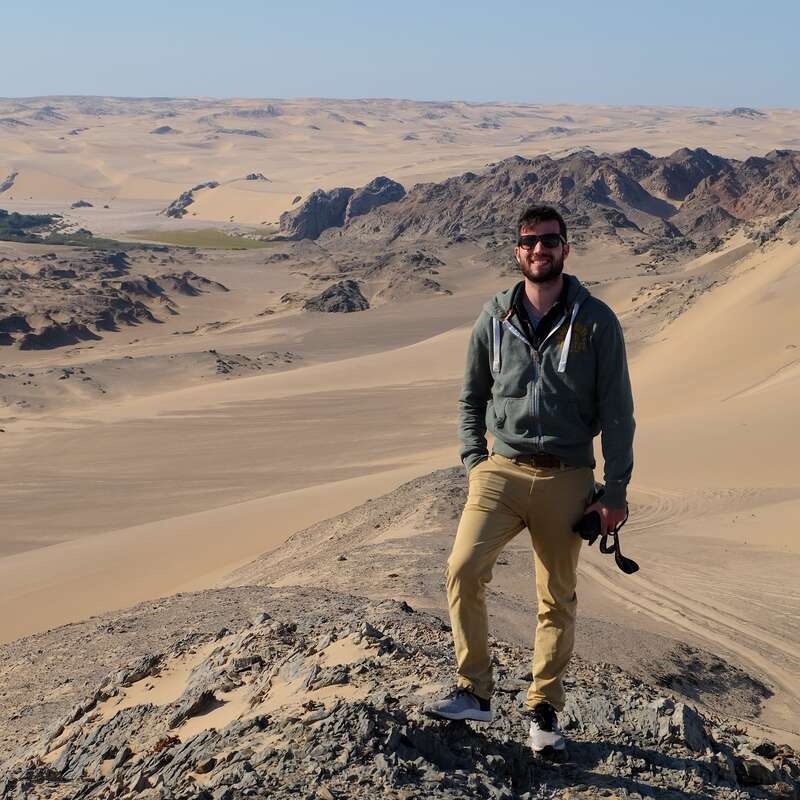About Pamushana Lodge
Pamushana Lodge is located within the private Malilangwe Wildlife Reserve in southeastern Zimbabwe, which ...
... shares its southern boundary with Gonarezhou National Park. No one from Expert Africa has stayed at this lodge before but we’ve visited and were impressed with what we found. Pamushana is widely regarded as one of, if not the most luxurious lodges in Zimbabwe.
Pamushana sits high on a hill with great views overlooking the surrounding bush and the Malilangwe Dam. It’s a luxurious place with a wide range of activities and good access to Gonarezhou National Park as well as its own private concession. Although it’s one of the more upmarket safari options in Zimbabwe this region is still under-utilised by overseas tourists, meaning it feels very exclusive and quite remote. Those who do leave the beaten track to venture here will find a host of different ways in which to explore and learn about the local people, their culture and the wildlife they share this region with.
Our view
Pamushana sits high on a hill with great views overlooking the surrounding bush and the Malilangwe Dam. It’s a luxurious place with a wide range of activities and good access to Gonarezhou National Park as well as its own private concession. Although it’s one of the more upmarket safari options in Zimbabwe this region is still under-utilised by overseas tourists, meaning it feels very exclusive and quite remote. Those who do leave the beaten track to venture here will find a host of different ways in which to explore and learn about the local people, their culture and the wildlife they share this region with.
Accommodation
6 suites
Children
Best for aged 10+
Open
All year
Activities

4WD Safari

Birdwatching

Guided walking safari

Private activities
Traveller reviews of Pamushana Lodge
1 real, un-edited reviews from Expert Africa's travellers.
Arrived 8 Jun 2014, 3 nights
"Pamushana Lodge review"
Overall rating: Excellent
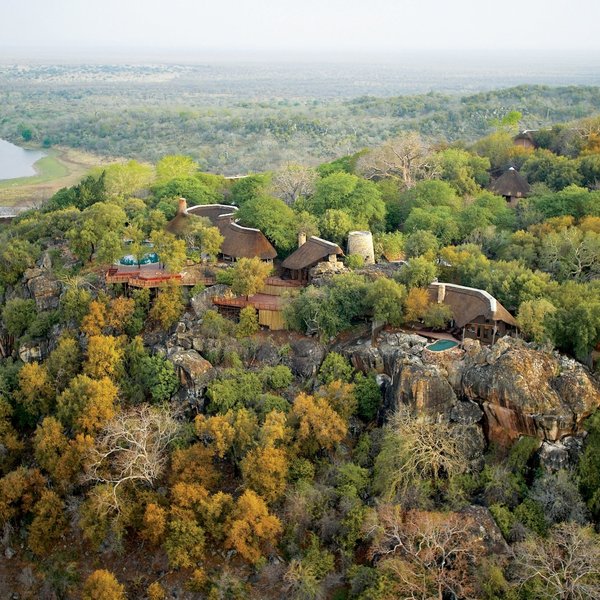
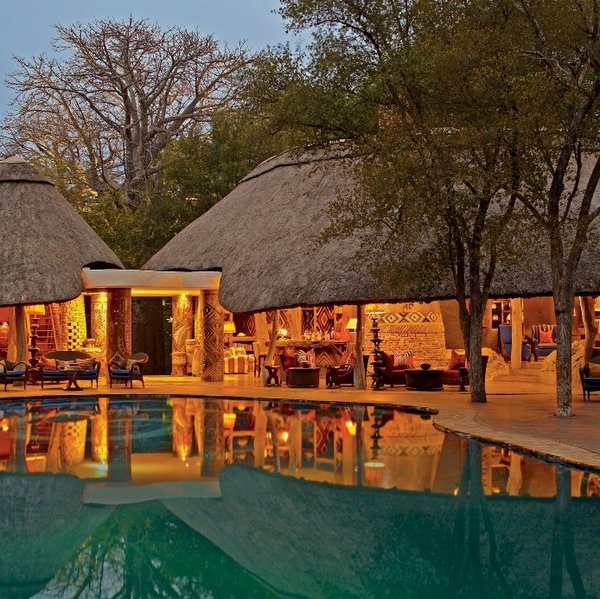

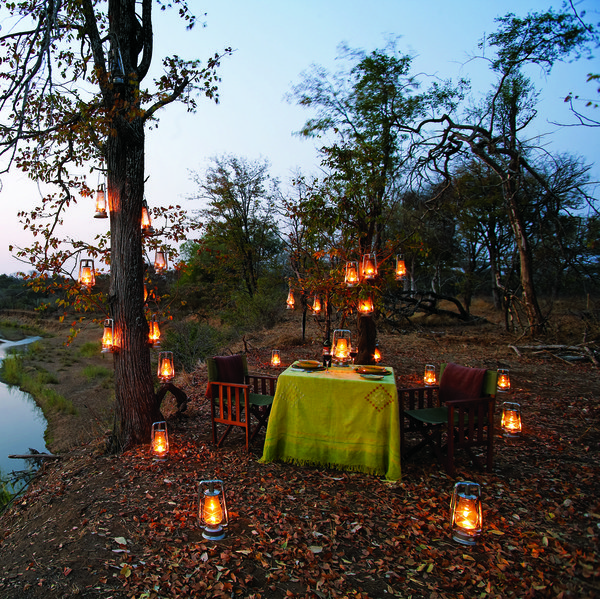
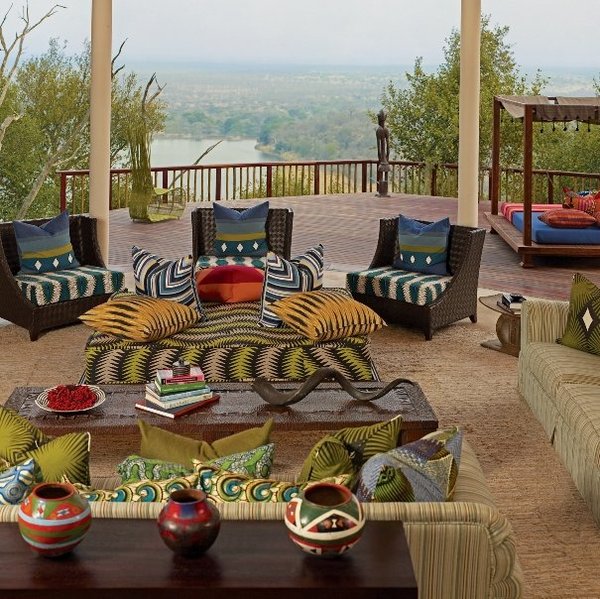
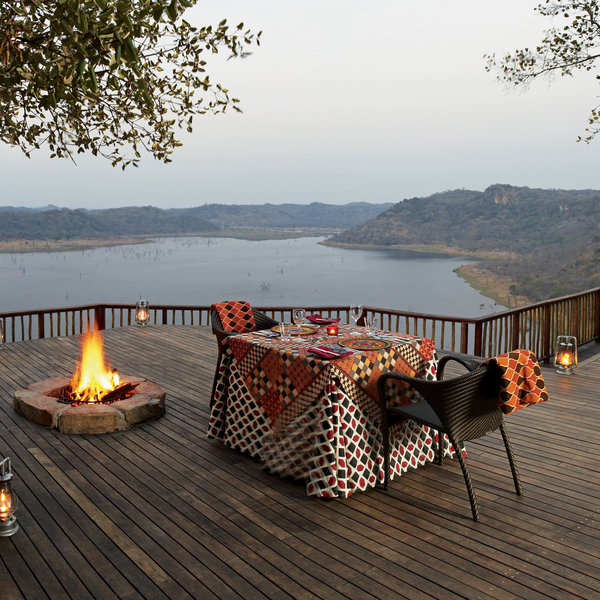
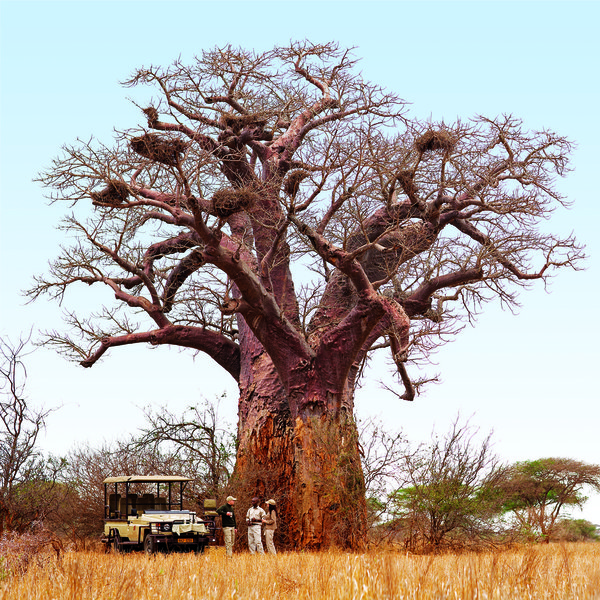
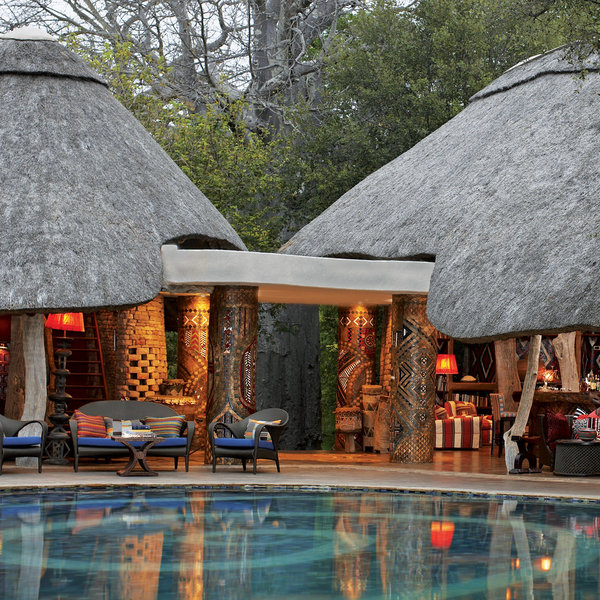
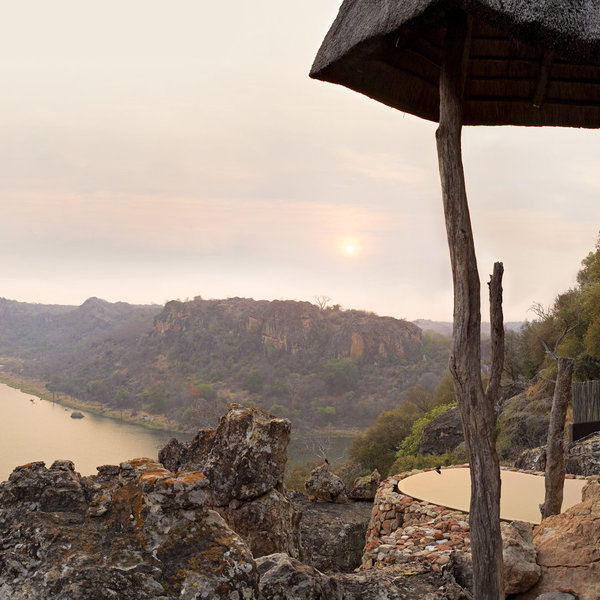
Expert Africa's gallery
When we travel we take lots of photos ourselves to give you a real and un-edited view of the safaris. See our 30 pictures and 2 videos of Pamushana Lodge to get the candid view.
View galleryPamushana Lodge: Our full report
Pamushana Lodge is located within the private Malilangwe Wildlife Reserve in southeastern Zimbabwe, which ...
... shares its southern boundary with Gonarezhou National Park. No one from Expert Africa has stayed at this lodge before but we’ve visited and were impressed with what we found. Pamushana is widely regarded as one of, if not the most luxurious lodges in Zimbabwe.
Pamushana is owned by The Malilangwe Trust, a non-profit Zimbabwean organisation set up to conserve the wildlife and habitats of the region and develop the neighbouring communities. It’s notable for running some very impressive community and wildlife-support programmes in this area.
Paul Tudor-Jones, a Wall Street hedge-fund manager, who is also behind the camps on the Grumeti Reserve in the Serengeti, is a substantial contributor to the trust. (See also Sasakwa Lodge, Sabora Tented Camp and Faru Faru Lodge!) Pamushana is managed and marketed by the team behind the exclusive Singita Reserve in South Africa and it’s certainly one of the smartest lodges in Zimbabwe.
The reserve is home to a variety of wildlife, including rare and endangered species such as roan, sable antelope and black rhino. The landscape of the area is made up of mopane forests and baobab trees, with the Chiredzi River to the west and the Runde River to the southwest, near to Gonarezhou National Park.
Pamushana Lodge is built under a canopy of trees and surrounded by leafy gardens, allowing it to blend naturally into its surroundings. The lodge consists of six luxury suites and one villa which sleeps up to 10 people, all with views of Lake Malilangwe. The cosy and spacious suites all have en-suite bathrooms with panoramic views over the lake and indoor and outdoor showers. The rooms also have their own a private plunge pools and game viewing decks. Rooms are air-conditioned and equipped with bathrobes, slippers and hairdryers.
The villa offers panoramic views over the lake and Malilangwe Dam, and has its own kitchen, dining room, living room, nanny flat, private infinity plunge pool and a game viewing deck.
The communal area of Pamushana Lodge consists of an indoor dining room, a teak deck dining area, a bar, a library, an open-air lounge, a wine cellar, two heated pools, and a jacuzzi all overlooking Mililangwe Dam and the nearby sandstone hills. Meals are served either in the outdoor dining room, on the teak deck outside, or in the bush. The lodge is equipped with high speed wireless internet, satellite tv, fax machines, and telephones.
Pamushana has a bush spa and yoga room which offers a range of massages, as well as feet and hand treatments. The lodge also has two tennis courts and there is a golf course nearby.
There is a wide range of activities offered from Pamushana Lodge, including morning and afternoon-into-evening game drives by spotlight with an experienced guide as well as trips to see the local rock art sites, boat cruises, birdwatching and fishing trips for tigerfish, bass, bream and catfish.
Guests can participate in a variety of guided bush walks, including trips to see the Malilangwe sandstone features or along the riverine forests of the Chiredzi or Runde Rivers. Visitors can use the hides and waterholes that allow them to get even closer to the wildlife. Guests may spend the night in a private hide in the bush and can also visit the local community outreach programme and irrigation scheme.
Geographics
- Location
- Gonarezhou & Save Valley, Zimbabwe
- Ideal length of stay
- We’d recommend a stay of around 3-4 nights at Pamushana. It’s off the beaten track and there is a lot to keep guests entertained while here.
- Directions
- Guests can either transfer by light aircraft from Harare or fly in direct to a nearby airstrip from Jo’burg.
- Accessible by
- Fly-and-Transfer
Food & drink
- Usual board basis
- Full Board & Activities
- Food quality
- No one from Expert Africa has stayed at Pamushana before however we do know its sister camps in Tanzania very well. If the food is of a similar quality here to Pamushana’s sister camps in East Africa then guests won’t be disappointed.
- Dining style
- Individual Tables
- Dining locations
- Indoor and Outdoor Dining
- Drinks included
- House wines, beers, spirits, liqueurs and soft drinks, but not champagnes.
Special interests
- Luxury
- Located in a private concession well away for any other lodges yet with easy access to the dramatic Chilojo Cliffs, Pamushana Lodge's facilities include private plunge pools, tennis courts and a fine-wine cellar. This has long been the ultimate in opulence and exclusivity.
- See ideas for Luxury in Zimbabwe
Children
- Attitude towards children
- Pamushana Lodge only accepts children under the age of 6 if the camp is booked exclusively.
- Property’s age restrictions
- Children of all ages welcome.
- Generally recommended for children
- Pamushana is a camp with a mature feel to it and as such we wouldn’t recommend a stay here for families with children under 10.
Communications
- TV & radio
- Satellite TV
- Water supply
- Borehole
Sustainability
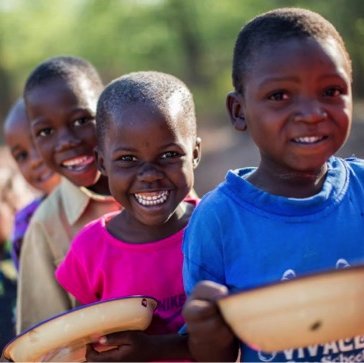
Pamushana’s Feeding Programme
Located in the 130,000 acre Malilangwe Wildlife Reserve, Pamushana Lodge was opened by the not-for-profit Malilangwe Trust with the aim of using tourism as a way to connect community development with nature conservation, and in exchange provide access for travelers to an exclusive wilderness area. Managed by one of the most prestigious conservation brands in Africa, Singita allows guests staying at Pamushana to bring a positive change in the surrounding communities. The lodge directs revenue generated from tourist activity to support the trust’s sustainability initiatives, among which the feeding programme is perhaps the one which brings the most benefits to the local community.
In 2002, when Zimbabwe was facing a growing problem of malnourished and hungry children, Malilangwe Trust made a goal in helping the local communities face this challenge. With the help of teachers and volunteer mothers, children have been given daily meals consisting of porridge. The meal proved to be essential in growing school participation and pupil’s engagement during classes, and as a result the trust decided to extend the programme, initially planned to last only a six months.
Today, 12 years after the initiative has started nearly 19,000 pre-school children line up every morning at one of the 436 food distribution points on the outskirts of the reserve to receive their daily corn-soya-blend porridge. This, for some, represents the first meal of the day, and the main reason they able to attend school.
See more great sustainability projects in Zimbabwe
Health & safety
- Malarial protection recommended
- Yes
- Dangerous animals
- High Risk
- Fire safety
Activities
4WD Safari
Birdwatching
Guided walking safari
Private activities
Extras
- Disabled access
- Laundry facilities
- A full laundry service is included.
Plan and book your trip with Expert Africa
All of our trips are tailor-made, so we'll always adapt them to suit you. Talk to an Expert and let us plan and arrange your perfect trip.

Talk to an Expert
Call or email us now! We’ll match you with the Specialist in our team who is best suited to help you. Then together we can start planning your trip.

Set up your itinerary
Based on our experience and your ideas, your specialist will create a detailed, costed itinerary. We’ll refine it together, until we have a trip that you’re perfectly happy with.

Prepare for your trip
The same Specialist will make the seamless arrangements for your trip, send you detailed travel documents, and be available to answer any questions before you depart.

Travel with peace of mind
After you set off, you’ll be cared for by our partners in Africa, most of whom have worked with Expert Africa for decades. And if you ever need us urgently, we’re available 24/7.

When you return
We love to learn about your trip, and so will always be grateful if you’ve the time to give feedback to your Specialist when you return.
Pamushana Lodge's location
Look closer at the environment and surroundings of Pamushana Lodge.
Other lodges in Gonarezhou & Save Valley
Alternative places to stay in this same area.
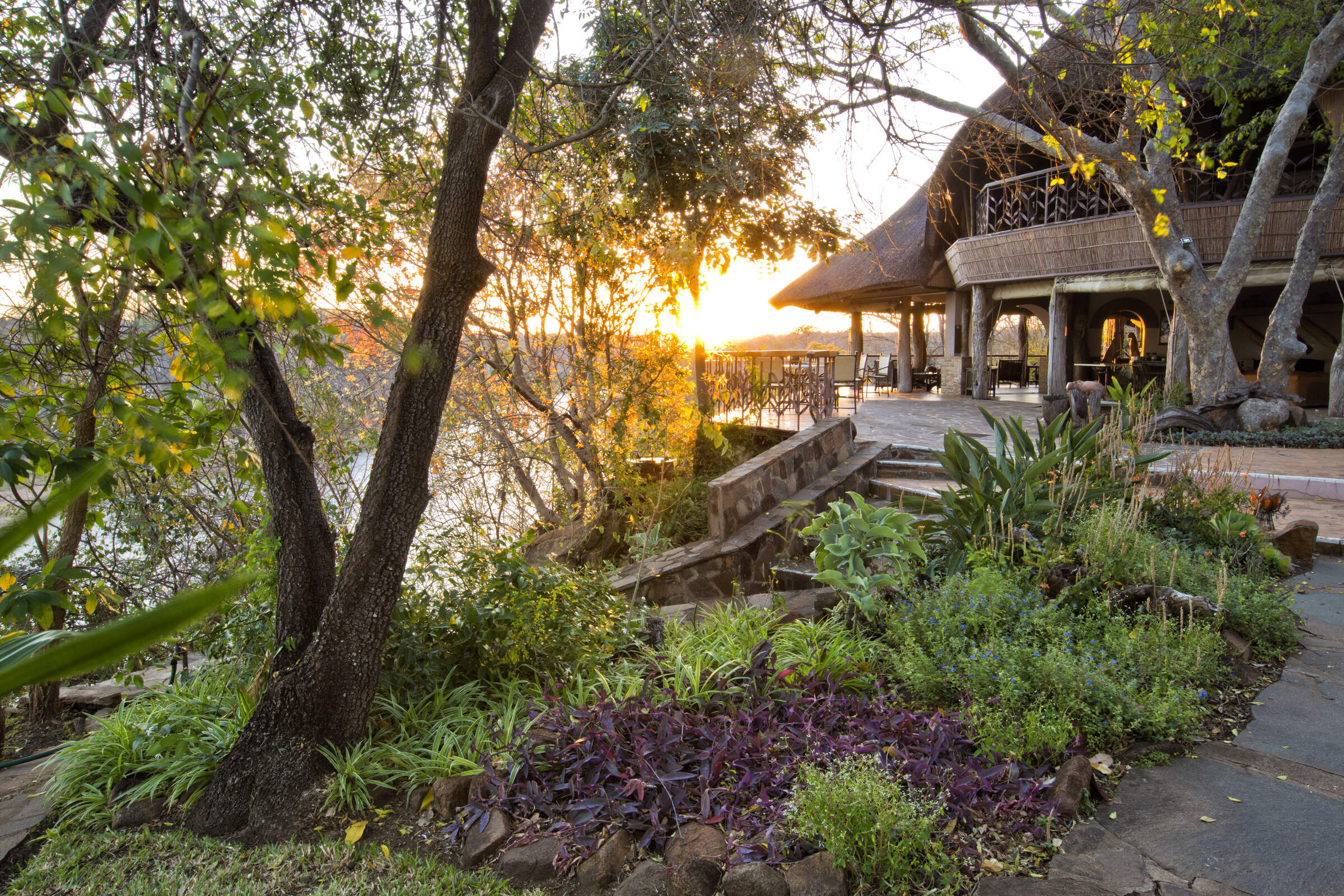
Chilo Gorge Safari Lodge
On the banks of the Save River, Chilo Gorge Safari Lodge offers game drives and walking safaris in Gonarezhou National Park.

Chilo Gorge Tented Camp
Chilo Gorge Tented Camp is a classic safari style property in Zimbabwe's isolate Gonarezhou National Park.
When to go to Gonarezhou & Save Valley
Our month by month guide: What it's like to visit Pamushana Lodge in Gonarezhou & Save Valley
Jan
Feb
Mar
Apr
May
Jun
Jul
Aug
Sep
Oct
Nov
Dec
Zimbabwe in January
January falls in the middle of Zimbabwe’s rainy season and is the wettest month of the year. Heavy rainfall occurs most days, flooding seasonal rivers and waterholes, with the occasional sunny spell.
With the high levels of precipitation the wildlife in the national parks becomes widely dispersed, taking advantage of the abundance of food and water, and is easily hidden by the thick, green bush.
While sightings of larger animals are possible, and many species drop their young at this time, game viewing is often sparse. However, many migratory species of bird arrive in Zimbabwe making it a peak month for birding.
The rains create incredibly sticky mud in Mana Pools National Park, preventing access and causing camps to close for the season. The majority of the camps in other parks remain open, with low rates attracting a smattering of visitors.
- Peak of the rainy season: hot & humid with heavy rain most days
- Bush exceptionally thick and green, with poor game viewing
- Species such as impala drop their young
- All camps in Mana Pools closed
- Very few visitors, and low rates at open camps
Our view
A time to avoid if possible
Weather in January
Zimbabwe in February
February remains well within Zimbabwe’s rainy season. Although total rainfall drops, relatively short thunderstorms can still be expected most afternoons. On the plus side, there is a greater chance of some sunshine in-between.
Much of the country remains waterlogged, closing access to Mana Pools and severely restricting walking safaris in other parks. While game drives and canoeing remain an option, the abundance of water disperses animals, and thick grass can make it difficult to spot larger species, but birding remains excellent. Conversely, this is a great time of year to view the landscape, and is excellent for photographers. Sporadic cloud cover and clear air can make for some spectacular sunsets too, particularly over Lake Kariba and the Zambezi River where the reflections off the water add to the beauty.
- Generally wet with frequent thunderstorms & hot humid days
- Poor wildlife viewing due to dispersed animals & thick bush
- Clear air, green landscapes & exceptional sunsets
- All camps in Mana Pools closed
- Very few visitors & low rates at camps that are open
Our view
This is not a great time to visit
Weather in February
Zimbabwe in March
March is the final month of Zimbabwe’s rainy season, when the rains start to trail off and sunny days become the norm. However, some days the clouds can still build, breaking into thunderstorms in the afternoon.
Mana Pools remains closed throughout the month but the majority of camps in Hwange, Matusadona and Gonarezhou remain open. Here, the landscape is green and alive, with migrant species of birds taking advantage of the abundant insect life. Larger animals remain elusive though, and walking safaris remain restricted.
By this time of year, the rains have normally trickled down to the Zambezi River and the flow of water over the Victoria Falls starts to increase, but without kicking up too much spray to obscure the views.
- Last month of the rainy season: hot, humid days with occasional storms
- Lush vegetation means good birding, but poor game viewing
- Views of the Victoria Falls improve
- All camps in Mana Pools closed
- Open camps have few visitors & low rates
Our view
This is not a great time to visit
Weather in March
Zimbabwe in April
April marks the end of Zimbabwe’s rainy season and the end of summer. Clear skies are the norm, with just the occasional shower. Temperatures start to drop, failing to reach 30ºC most days and dropping down to around 10ºC at night.
As the rain fades the landscape starts to dry out. While the vegetation remains thick and green, the soil in Mana Pools dries enough for camps to open, and the only camps to remain closed are the most remote bushcamps in Hwange. Although viewing of larger animals remains tricky, the improved weather starts to draw back visitors, as do prices significantly below those in the peak season.
The Zambezi River and flow of water over the Victoria Falls is at its highest, although large amounts of spray diminish views of the waterfall itself.
- Transitional period, with much lower rainfall & falling temperatures
- Wildlife is still dispersed & hard to see, but sightings improving
- Views of the Victoria Falls often obscured by spray
- Camps in Mana Pools open
- Visitors start to return & camps increase their rates
Our view
A good time to visit, with pros & cons
Weather in April
Zimbabwe in May
The first month in the dry season, May is also Zimbabwe’s first month of winter. If the rains are particularly late in a given year, you may catch the odd shower, but you can expect clear and sunny days the majority of the time. While it’s warm in the daytime, temperatures drop to single digits at night, so bring a warm jumper and gloves for early morning drives.
With the rain having cleared the air, the sky is bright blue, and it’s the best time of year for photography.
Even the most remote camps in Zimbabwe are now open. With the lack of rainfall, vegetation dies back significantly, and seasonal rivers return to sand. Not only does this open up the possibility of walking safaris, but wildlife viewing becomes much more reliable.
- Start of the dry season, with milder days and cold nights
- Game viewing significantly improves as vegetation dies back
- Vegetation starts to turn from green to brown
- Best time for photography with crystal clear air
- Visitors start to return; all camps open & rates increasing
Our view
A very good time to visit
Weather in May
Zimbabwe in June
During June you can virtually be guaranteed of dry and sunny days, although temperatures continue to drop, and can get close to freezing at night in Hwange National Park. Jumpers, jackets and gloves are strongly recommended for early mornings and evenings.
The opportunities for wildlife viewing improve throughout the month as the landscape rapidly dries, and the animals start to gather on the banks of the Zambezi River and around Hwange’s waterholes.
Water levels in the Zambezi River start to drop, reducing the amount of spray kicked up at the Victoria Falls and greatly improving visibility, but still allowing a full curtain of water to cascade over the edge.
- Middle of winter, with night-time temperatures close to freezing
- Game viewing significantly improves throughout the month
- Views of the Victoria Falls are at their best
- Noticeable increase in visitor numbers
- Camps considerably more expensive
Our view
A very good time to visit
Weather in June
Zimbabwe in July
July sits in the middle of Zimbabwe’s dry season. Although it’s warm at midday, temperatures are generally cold and in Hwange it’s been known to drop below freezing at night, with the lower-altitude Mana Pools feeling a bit warmer.
With wildlife clustering around the few remaining waterholes, sparse vegetation, and some of the best views of the Victoria Falls, this is one of the most popular times to travel, with camps charging peak season rates to reflect this. That said, visitor numbers to the country in general remain low, and outside of the Victoria Falls it’s rare for any areas to feel crowded.
- Middle of the dry season with almost no chance of rain
- Clear sunny days, but very cold nights
- Wildlife viewing good; game drives and walking safaris unrestricted
- Views of the Victoria Falls at their best
- Camps charging peak season rates
Our view
A very good time to visit
Weather in July
Zimbabwe in August
While August is the end of winter and temperatures are starting to creep up, mornings and nights are still cold, and game drives in open vehicles can feel particularly chilly. Well into the dry season, the landscapes will have mostly transformed from green to brown and wildlife viewing in Zimbabwe’s national parks is approaching its best. Due to dust kicked up into the atmosphere and smoke from bush fires you may start to notice a haze on the horizon, but this doesn’t significantly impact photography.
August is one of the most expensive months, and the pleasant weather and decent game viewing attracts lots of visitors. While the national parks rarely feel crowded, Victoria Falls accommodation can sell out a year in advance.
- Warm, sunny days but cold mornings & nights; almost no chance of rain
- Wildlife viewing nearly at its best
- Landscape turns brown, & an atmospheric haze develops
- All camps charging peak season rates
Our view
Fantastic: the very best time to visit
Weather in August
Zimbabwe in September
Temperatures in September rarely drop below 15ºC, but are yet to reach the oppressive highs of summer. It will normally have been five months since the last drop of rain, so antelope and elephants cluster around whatever water remains, with predators never too far away.
The landscape is very brown, and the haze building on the horizon takes some of the colour out of the sky, so while animal subjects are plentiful, the background is not ideal for photography.
The combination of incredible wildlife viewing, hot and sunny weather, and cheaper flights outside of the school holidays make this the most popular time of year to travel, and availability at the camps can become limited up to a year in advance.
- The best month for weather, with a pleasantly warm temperature range
- One of the best months for game viewing
- Victoria Falls starting to dry but still impressive on Zimbabwean side
- All camps are charging peak season rates
- Most popular time to travel, & space can be limited
Our view
Fantastic: the very best time to visit
Weather in September
Zimbabwe in October
October is the last month of the dry season with little chance of rain but building humidity. While the higher elevation of Hwange National Park limits temperatures to the 30s Celsius, they can easily top 40ºC in Mana Pools.
With little vegetation or water, wildlife is drawn to the few remaining water sources and viewing is at its best; visitors who brave the heat can be rewarded with some exceptional sightings, although haze in the air diminishes photos. Maximum visibility and dense wildlife concentrations can also make for very rewarding walking safaris, although the heat can make them uncomfortable.
Water levels in the Zambezi at the Victoria Falls drop significantly, and large stretches of the waterfall are a dry cliff-face – although it never dries completely. Camp rates remain at their peak, but visitor numbers drop as people avoid the heat.
- Last month of the dry season; very hot with building humidity
- Wildlife viewing at its very best
- Dust & smoke in the air diminish photographic opportunities
- Victoria Falls starting to look very dry
- Camp rates remain at their peak
Our view
A very good time to visit
Weather in October
Zimbabwe in November
November is a transitionary period, with high temperatures and humidity. While they can’t be predicted with any precision, the first rains normally arrive halfway through the month, in the form of thunderstorms lasting a few hours each day.
Early November is a popular time to travel as the camps drop their rates, so if you’re lucky you can get peak-season game viewing at low-season rates. This is a gamble though as if the rains do arrive, animals are no longer limited to a few dangerous waterholes and will disperse into the bush. While all the camps in Mana Pools intend to remain open, the rains can make the airstrips unusable so you may find yourself moved to a different park, a risk that increases through the month.
- Typically the start of the rains in Zimbabwe
- Temperatures & humidity levels remain high
- Wildlife viewing rapidly diminishes as the rains arrive
- Camps remain open, but risk early closure in Mana Pools
- Much cheaper time to travel as camps drop their rates
Our view
A good time to visit, with pros & cons
Weather in November
Zimbabwe in December
By December the rainy season has begun in earnest; this is one of the wettest months in Zimbabwe, with heavy thunderstorms most afternoons and occasionally continuous rain for a couple of days. While temperatures start to cool down the high levels of humidity can make the heat feel more oppressive.
With the rains comes an explosion of green growth, and the dust and smoke are washed out of the air. The resulting scenery – with the occasional bright blue skies – can be fantastic for photographers. Thick vegetation and plentiful water makes viewing of larger animals tricky, but with migratory species arriving the birding is at its best.
All camps in Mana Pools and the remote Hwange camps close, with those remaining open charging their lowest rates.
- One of the wettest months in Zimbabwe
- High temperatures & levels of humidity
- Wildlife viewing poor, but birding good
- Lush green landscapes & clear air; great for landscape photography
- All camps in Mana Pools closed
Our view
This is not a great time to visit
Weather in December

Looking for inspiration on where to travel next?
Visit our trip chooser to explore your options and find inspiration for your perfect African adventure
Inspire me